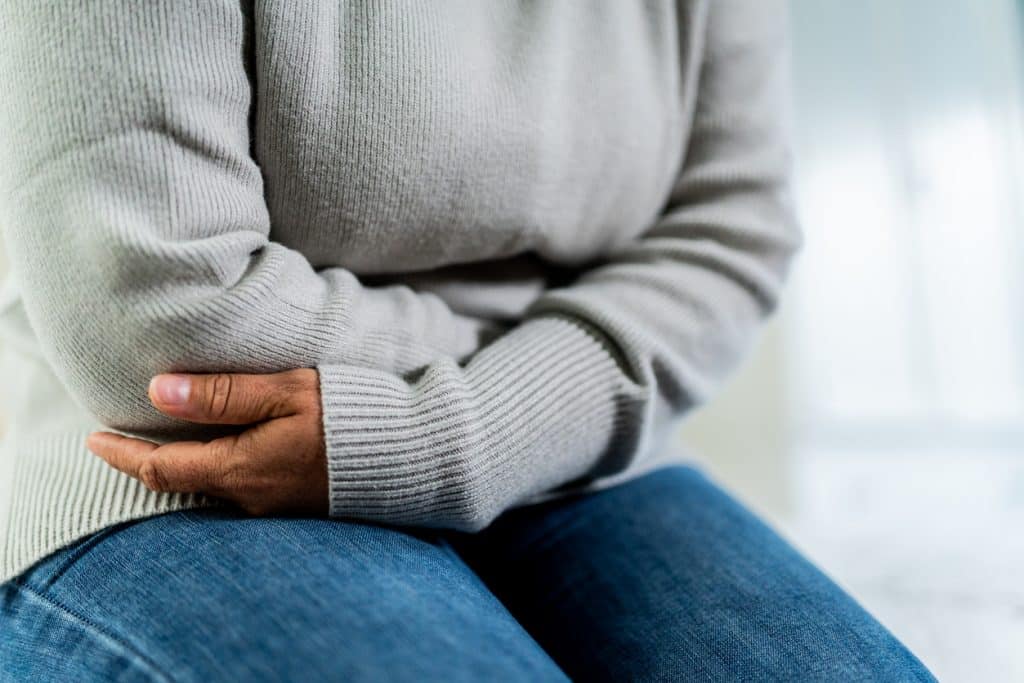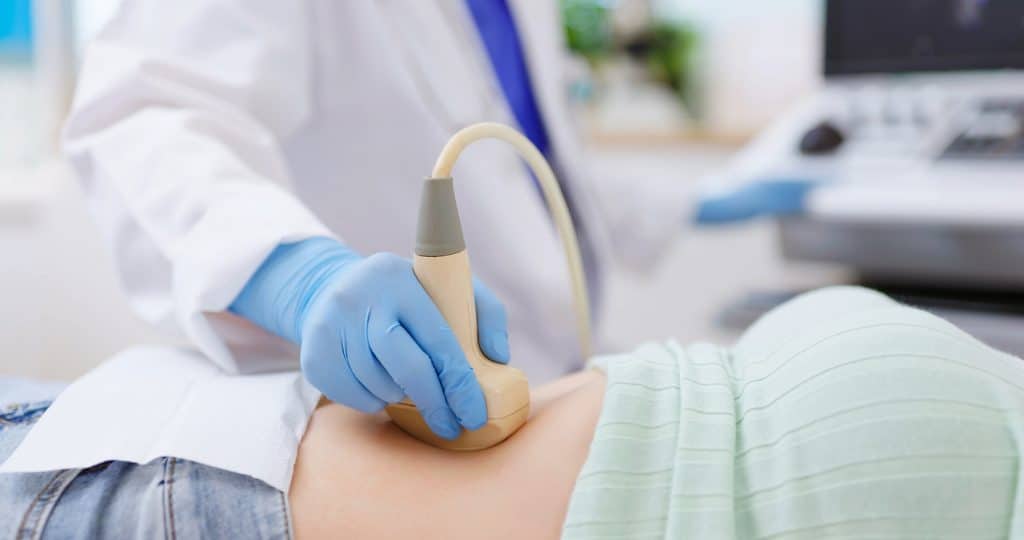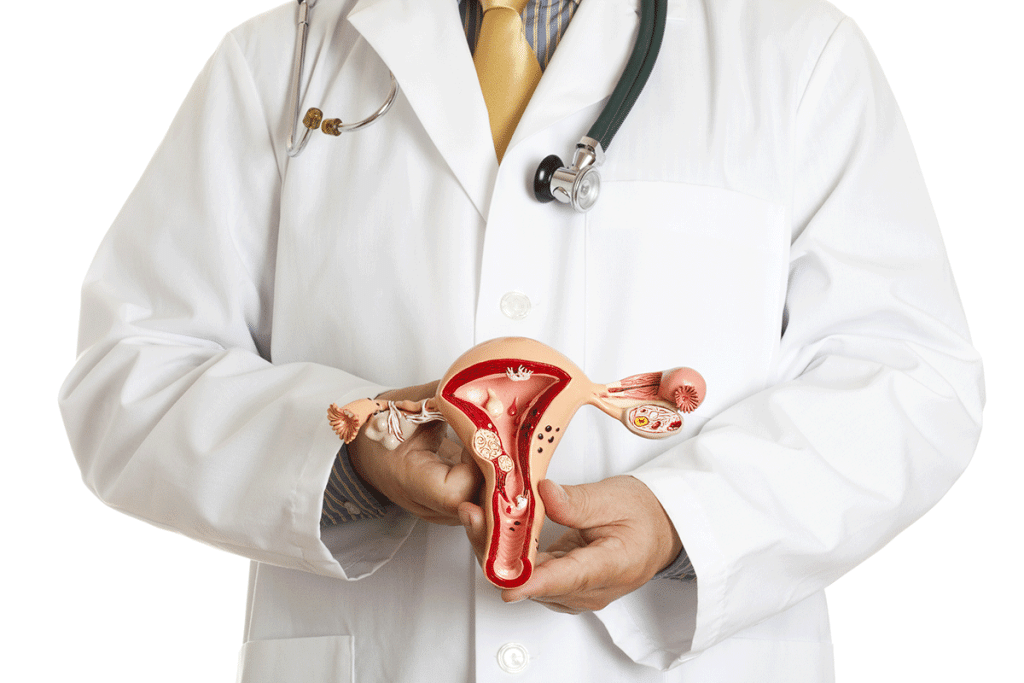Frequently Asked Questions: Uterine Fibroids
Welcome to Your Resource Hub for Uterine Fibroids
Uterine fibroids can affect any woman during her childbearing years and beyond, leading to a range of concerns and questions. This page is dedicated to providing you with comprehensive answers to your most pressing queries, ensuring you’re equipped with the knowledge you need to make informed decisions about your health and treatment options.
Making Informed Choices
This page is crafted to help you understand uterine fibroids, address your FAQs with clear, evidence-based information, and confidently navigate the journey ahead. Whether you’re considering UFE or pondering whether surgery is the right step for you, our resources aim to clarify these complex choices.
Embrace your health journey with the support of our expertise on uterine fibroids. We invite you to explore the information at your pace and reach out with any additional questions that may arise. You are not alone; we are here to help you take control of your well-being.
Ready to learn more? Scroll to find answers to frequently asked questions, or navigate to our dedicated sections on symptoms, treatments, and recovery expectations. Your path to understanding and managing uterine fibroids starts here.
What Are Uterine Fibroids?
Uterine fibroids are muscular tumors that grow in the wall of your uterus. They vary in size and number with some women having only one single tumor, while others may have many more than this. Uterine fibroids can cause cramping during menstruation or even stop it completely. In almost all cases they are benign, which means they are not cancerous.
What causes uterine fibroids?
The cause of fibroids is unknown. Researchers believe that estrogen and progesterone levels can play a part in their development. They know when hormone levels are high, for example during pregnancy, fibroids can grow more rapidly. Alternatively, if someone is taking anti-hormone medication, or going through menopause, fibroids may stop growing or shrink. Family history is also thought to be one of the biggest factors in the development of fibroids
Can fibroids turn into cancer?
Fibroids are almost always benign (not cancerous). Rarely, a leiomyosarcoma will occur in women with fibroid tumors. However, doctors think these cancers do not arise from an already-existing fibroid. Having fibroids does not increase your risk of developing a cancerous fibroid. Having fibroids also does not increase your chances of getting other forms of cancer in the uterus.
Can fibroids affect pregnancy?
If you have small or medium-sized fibroid that causes no symptoms then it’s unlikely to pose significant risk or complications. If they grow larger due to high hormone levels it’s possible that discomfort of pressure or pain will occur.
Additionally, large or multiple fibroids can increase the risk of:
- Cesarean section: The risk of needing a cesarean section (C-section) is six times greater for women with fibroids.
- Breech presentation: The baby is positioned with its legs down and head up rather than head down.
- Placental abruption: The placenta breaks away from the wall of the uterus before delivery. When this happens, the fetus may not receive oxygen.
- Preterm delivery: The baby is born too soon, before the 37th week of pregnancy.
Talk to your obstetrician if you have fibroids and become pregnant. All obstetricians (OB) have experience dealing with fibroids and pregnancy. Most women who have fibroids and become pregnant do not need to see an OB who deals with high-risk pregnancies.
What are the symptoms of uterine fibroids?
Symptoms vary depending on the size, number, and location of the fibroids. They include:
- Pelvic pain
- Heavy menstrual bleeding
- Bleeding between periods
- Frequent urination
- A feeling of fullness
- Abdominal bloating
- Lower back pain
- Pain during intercourse
Could my fibroids come back after treatment?
Treatment often succeeds in addressing fibroids and providing relief. However, more fibroids may eventually grow. These fibroids may cause symptoms and require additional care.
The potential for fibroids to return happens with all treatments except hysterectomy. During a hysterectomy, surgeons remove the entire uterus.
What is radio frequency ablation of fibroids?
Radiofrequency ablation is an FDA-approved surgical procedure. It aims to effectively treat fibroids with a minimally invasive outpatient procedure.
This uses radiofrequency energy to heat fibroid tissue and cause instantaneous cell death. The necrotic cells are then reabsorbed by the lymphatic system. This causes a decrease in fibroid size and symptom relief.
What are the benefits of uterine fibroid embolization?
Benefits of uterine fibroid embolization include:
- Effective alternative to surgery and hormonal treatment
- Completely noninvasive — no surgery and no blood loss
- Minimal hospital stay
- Quick return to normal activities
- Preserves the uterus, cervix, and ovaries
- Significant improvement in quality of life:
- Decrease in menstrual bleeding from symptomatic fibroids
- Decrease in urinary dysfunction, pelvic pain and/or pressure
What is UFE and how does it work?
Uterine Fibroid Embolization (UFE) is a minimally invasive medical procedure used to treat uterine fibroids, which are benign growths in the uterus. UFE works by blocking the blood supply to the fibroids, causing them to shrink and ultimately improving symptoms. The procedure involves inserting a catheter through the groin into the uterine artery and then releasing tiny particles, known as embolic agents, to obstruct the blood vessels feeding the fibroids. As a result, the fibroids receive no oxygen or nutrients, leading to their shrinkage. An interventional radiologist performs this procedure and offers patients shorter recovery times and a less invasive option compared to traditional surgery.
Are there risks associated with UFE?
Yes, there are risks associated with Uterine Fibroid Embolization (UFE). Although UFE is generally safe and effective, potential risks include:
- Infection: There’s a risk of developing an infection in the uterus or at the site where the catheter was inserted. Infections can range from minor to severe and may require additional treatment.
- Vascular Damage: Injury to the arterial wall can occur during the introduction or manipulation of the catheter, a small plastic tube, potentially leading to further complications.
- Ischemic Complications: These can include pelvic pain, fever, nausea, vomiting, and fibroid sloughing (the process where parts of the fibroid break off into the uterine cavity). While fever resulting from tissue breakdown of the fibroid is expected, fever associated with chills or one that doesn’t respond to common over-the-counter medications could be concerning.
It’s important for patients to discuss all potential risks with their healthcare provider before opting for UFE to ensure they make an informed decision.
How does UFE compare to traditional surgery?
Uterine Fibroid Embolization (UFE) is markedly different from traditional surgical treatments for uterine fibroids, such as hysterectomy (removal of the uterus) or myomectomy (removal of fibroids while preserving the uterus). The differentiation fundamentally lies in the approach and the physical aftermath for the patient.
Firstly, UFE is a minimally invasive fibroid treatment that requires only a small incision, typically in the groin or wrist, in contrast to the larger abdominal incisions required by traditional surgeries like hysterectomy or myomectomy. This distinction significantly impacts the patient’s recovery process and physical strain.
Secondly, the minimally invasive nature of UFE means patients typically experience less pain and a shorter recovery time than those undergoing traditional surgeries. While a hysterectomy, for example, can require a recovery period of up to 8 weeks, during which physical activities are severely limited, UFE offers a quicker route back to normal activities.
Moreover, traditional surgeries like hysterectomy involve the removal of the uterus, which is a major procedure with significant implications, including the inability to bear children and potential hormonal changes. In contrast, UFE preserves the uterus and potentially the fertility of the patient, offering a significant advantage to women who may wish to conceive in the future or prefer to keep their uterus for other reasons.
In summary, UFE provides a less invasive alternative to traditional surgery for the treatment of uterine fibroids, characterized by smaller incisions, less pain, a quicker return to normal activities, and preservation of the uterus, making it an attractive option for many women.
Uterine Fibroid Articles
UFE vs. Traditional Treatments for Fibroids
Uterine fibroids can be a source of discomfort and worry. These non-cancerous growths often appear during...
UFE May Be the Answer for Women Who Suffer From Uterine Fibroid Tumors
Uterine fibroid tumors, a condition experienced by three out of four women in the U.S. during their lifetime, can...
The Benefits of Uterine Fibroid Embolization (UFE) Over Traditional Surgery
For women struggling with the pain and discomfort of uterine fibroids, finding an effective treatment that doesn't...
Why Uterine Fibroids Require Attention
When it comes to uterine fibroids, awareness needs immediate attention. As benign growths appearing on the uterus,...
Effective Treatments For Uterine Fibroids
Treating Fibroids at Coastal Vascular Center Approximately 7 out of 10 women will have fibroids at some time in...
Uterine Fibroid Embolization Education is Key For The Proper Treatment
Nearly two decades after the ground-breaking uterine fibroid embolization (UFE) procedure was introduced, the...
Frequently Asked Questions
Book An Appointment
Other Services






